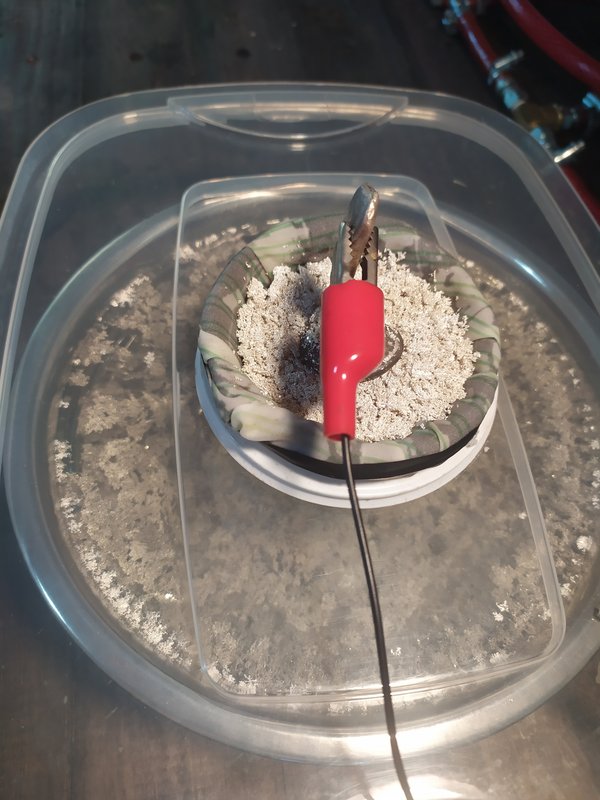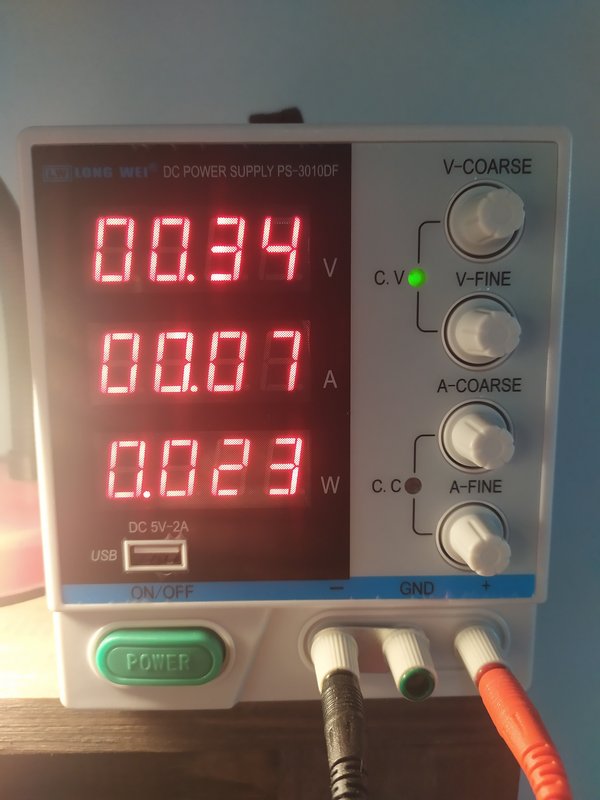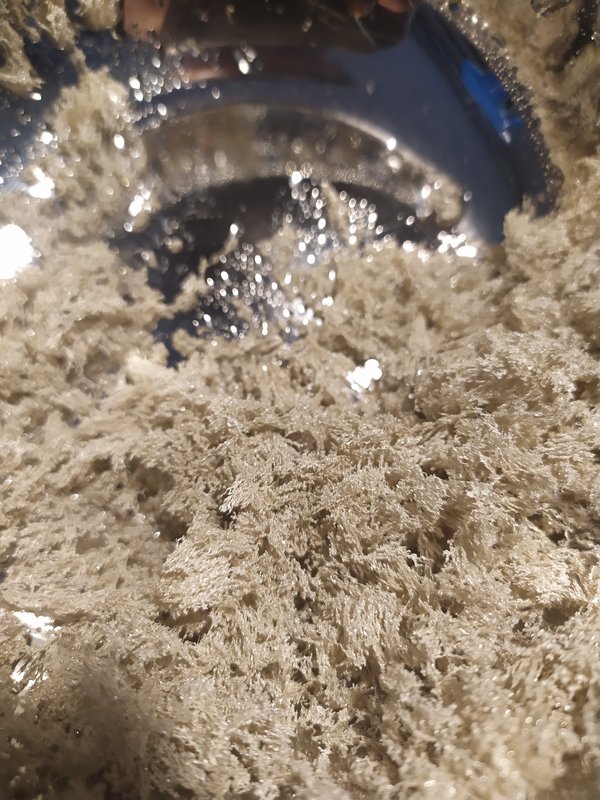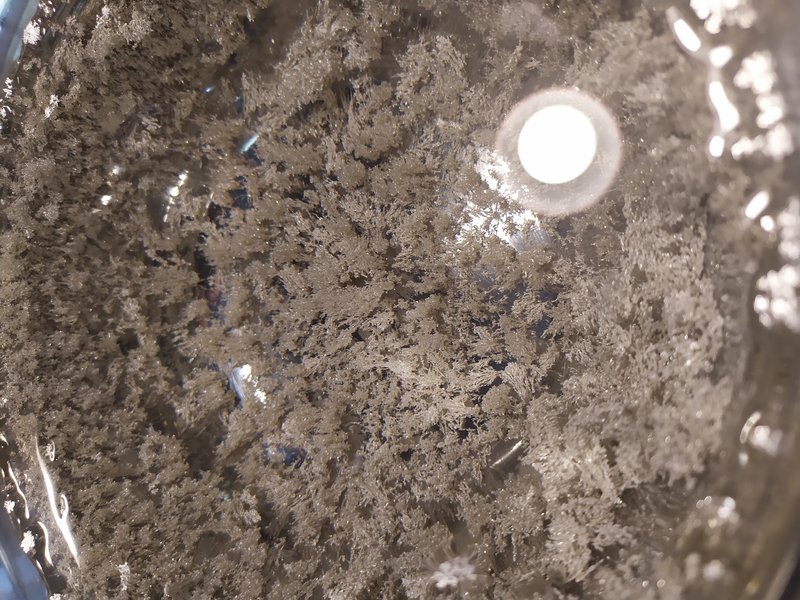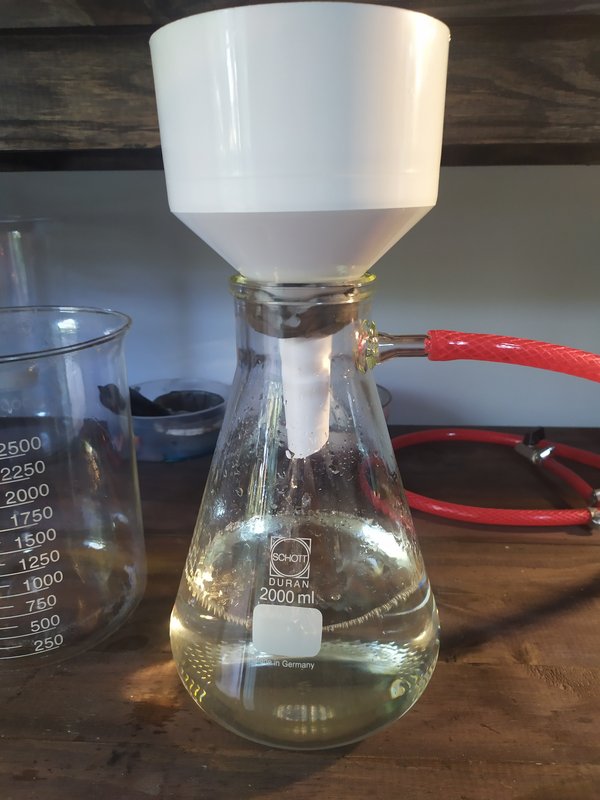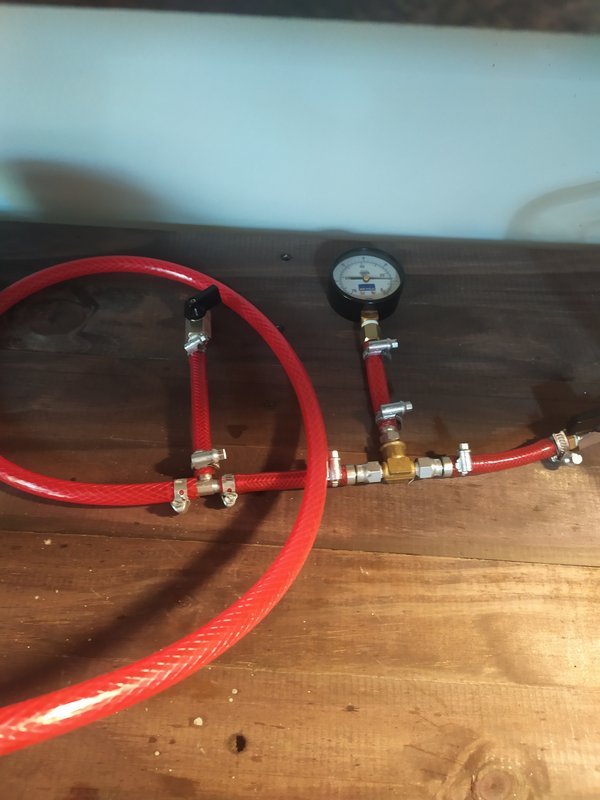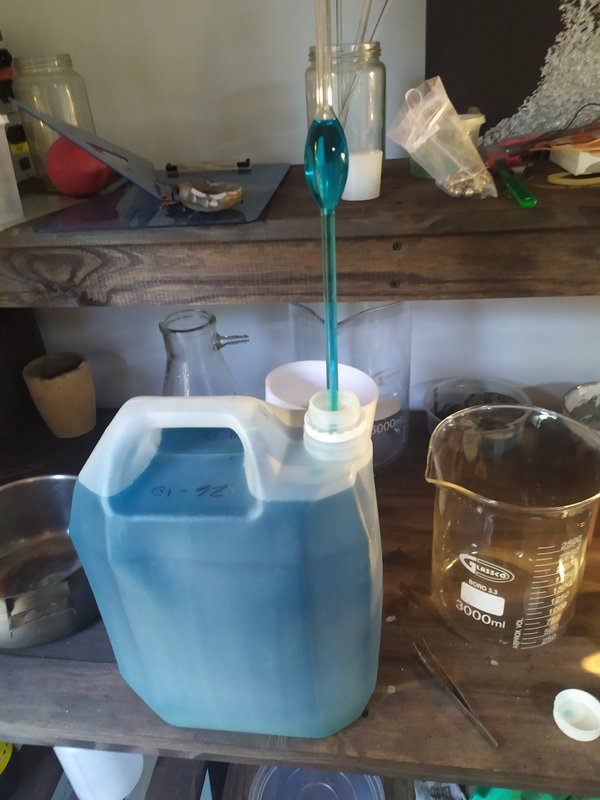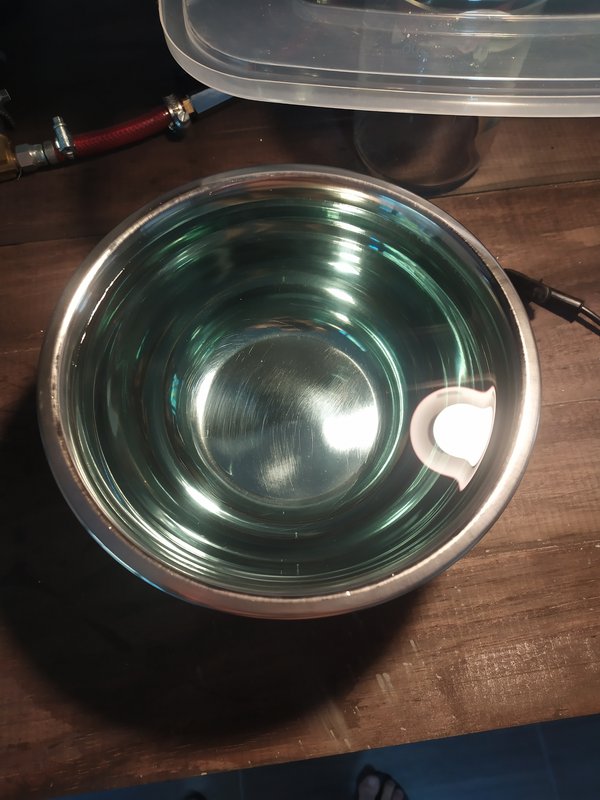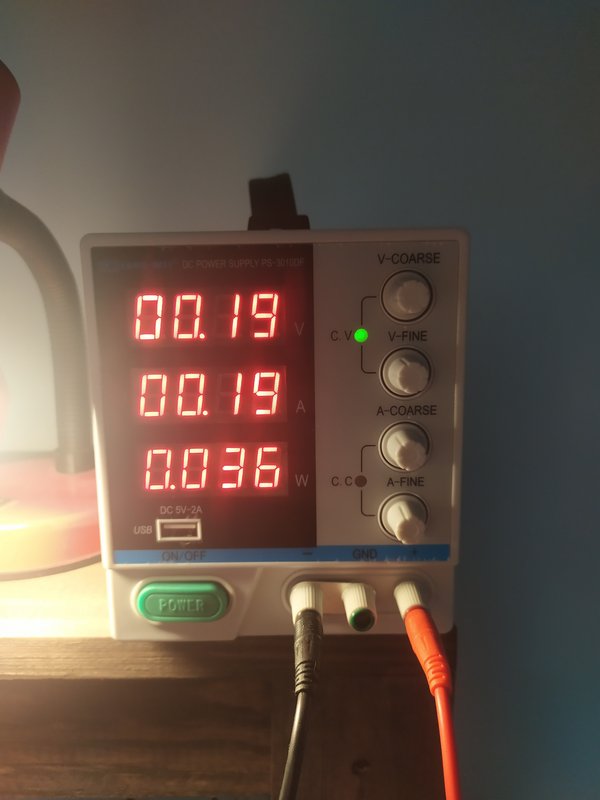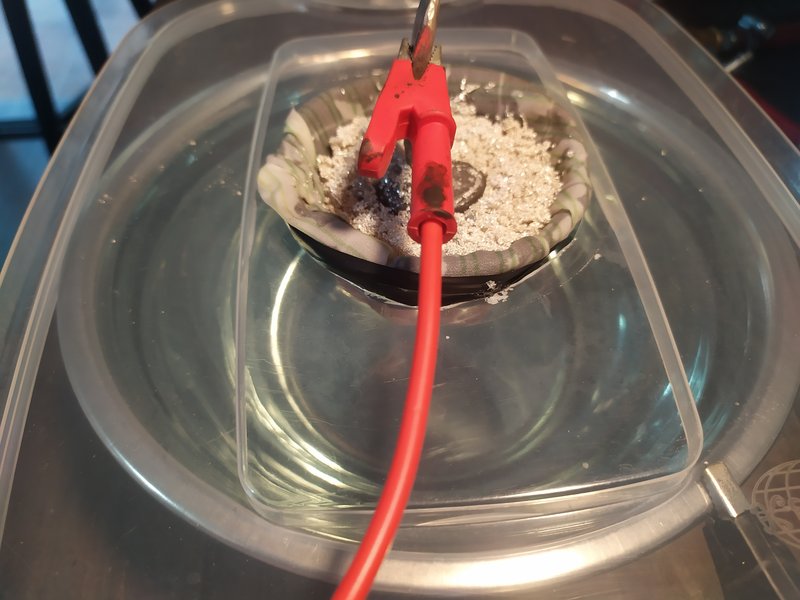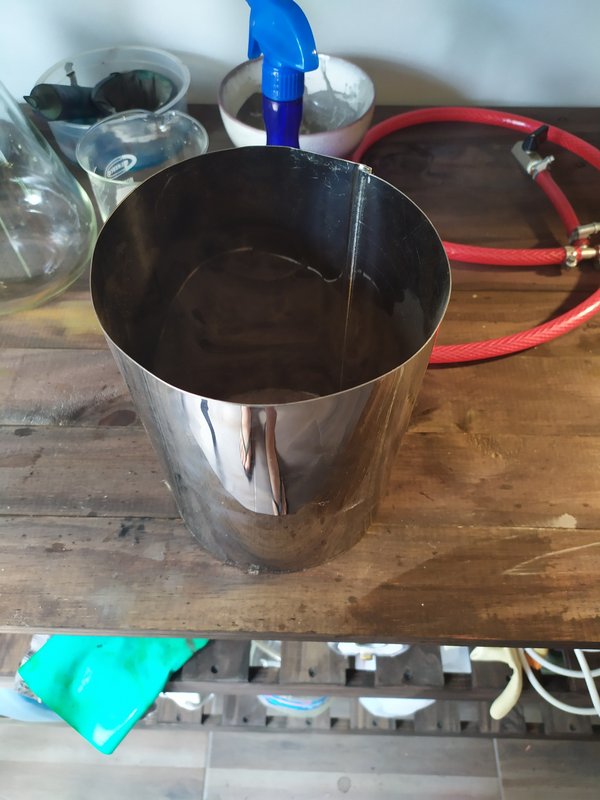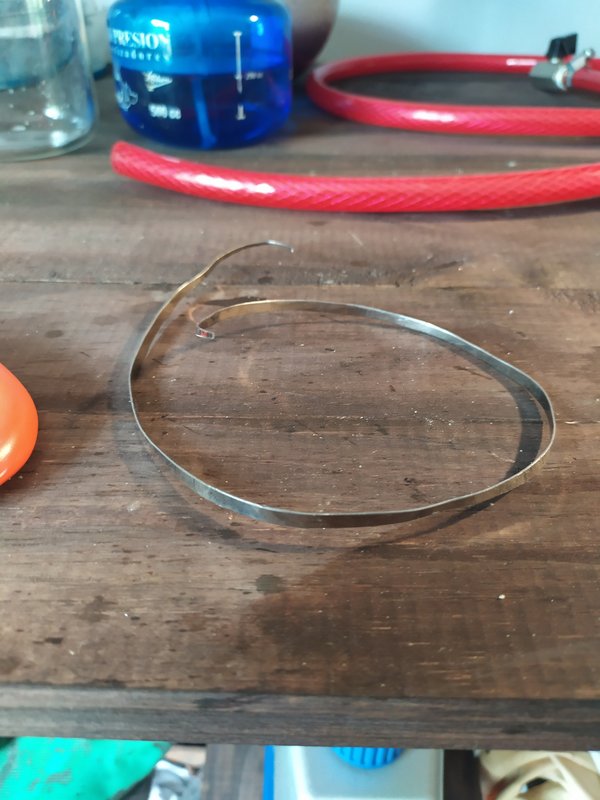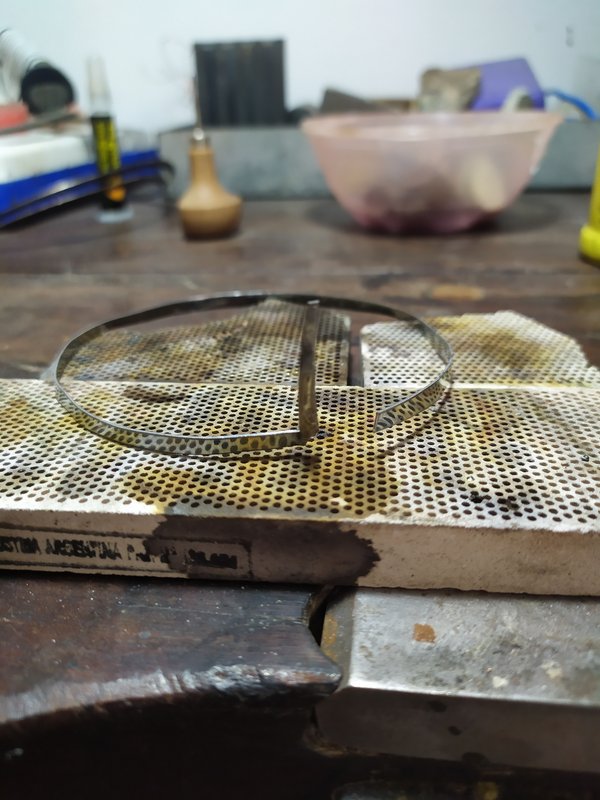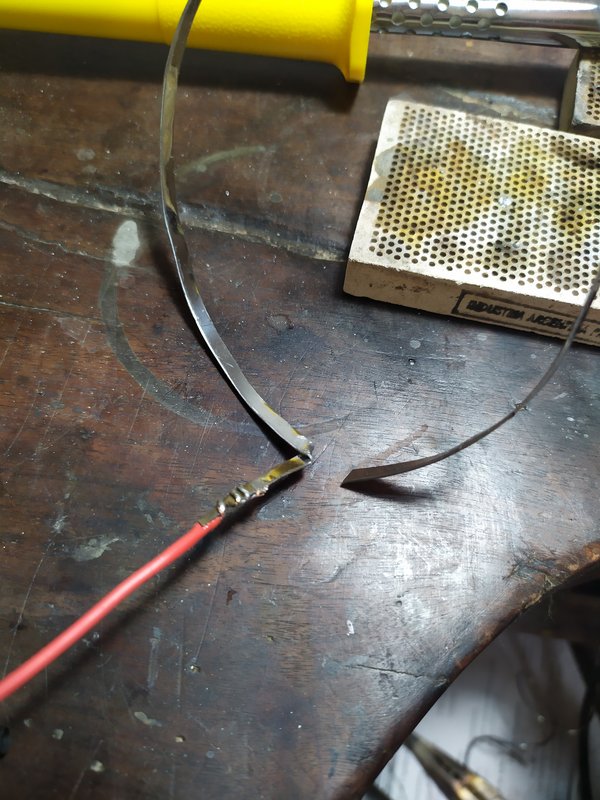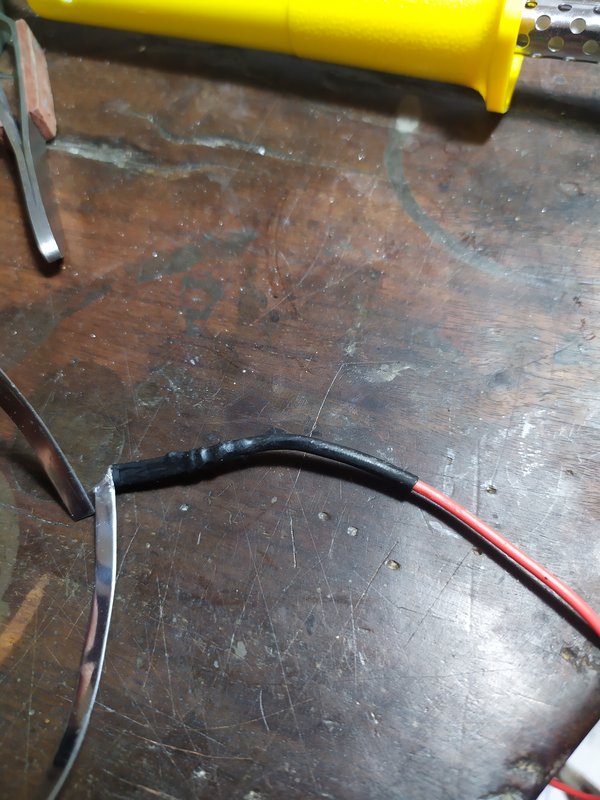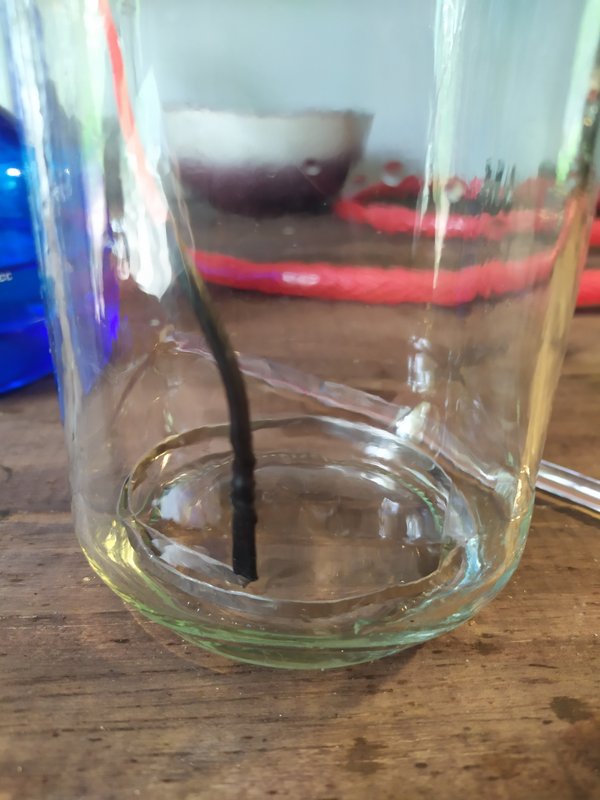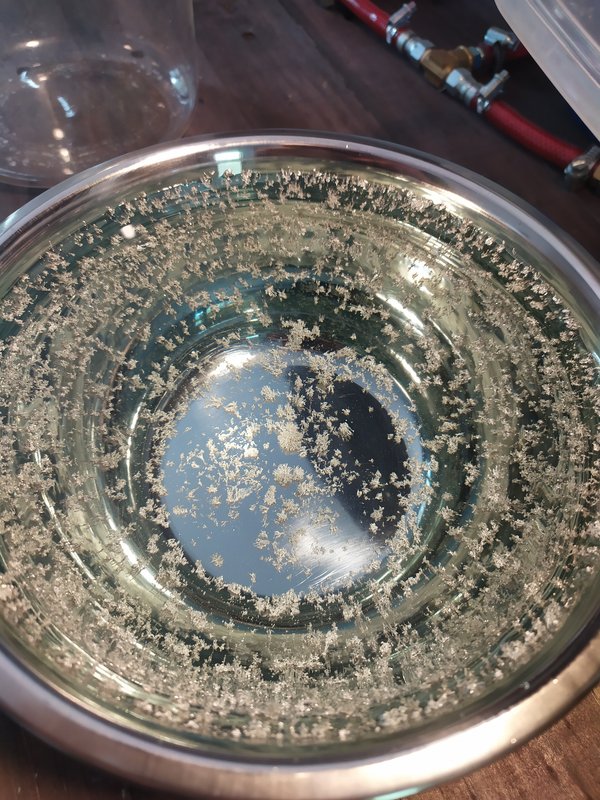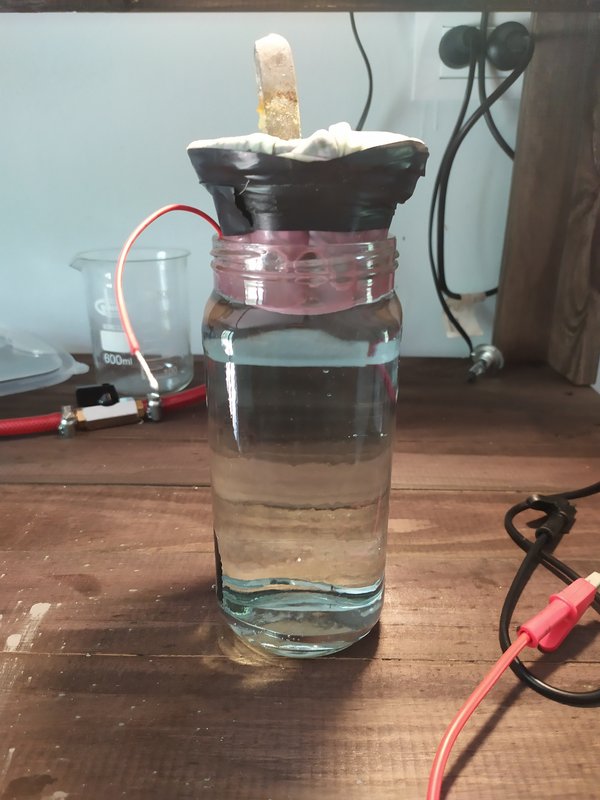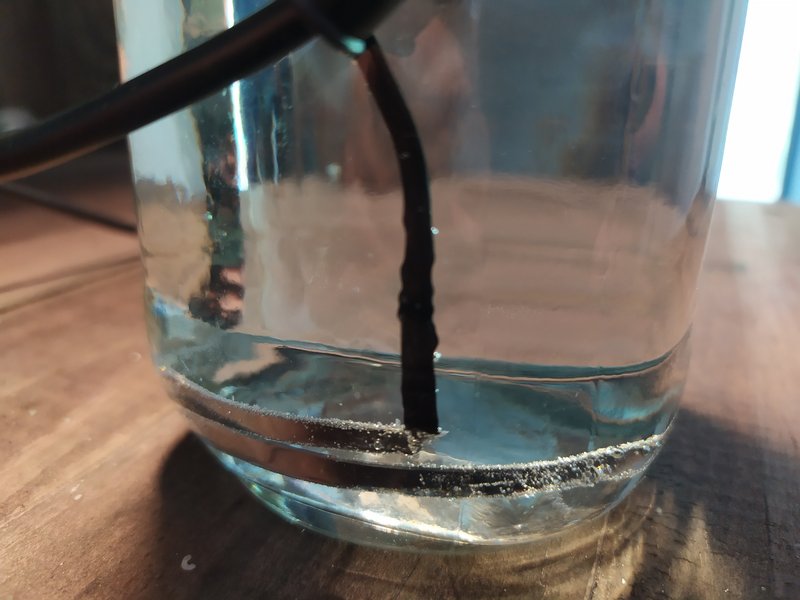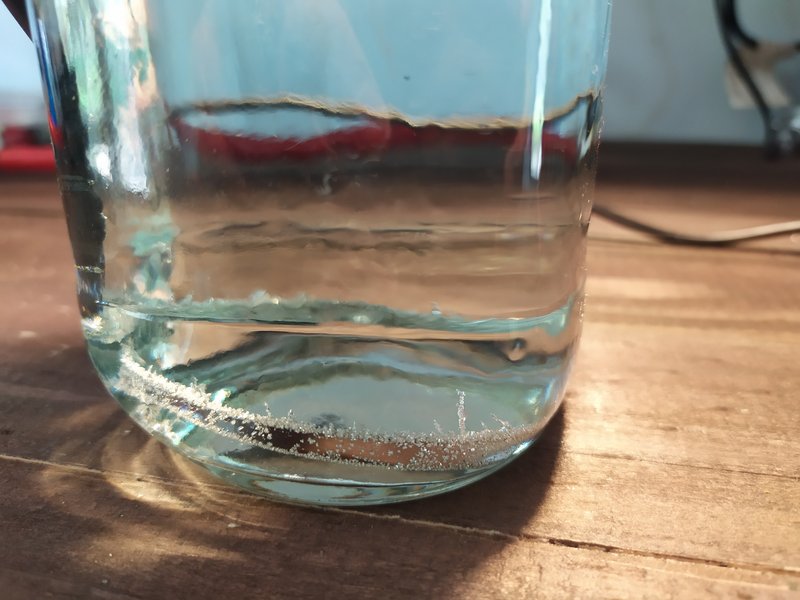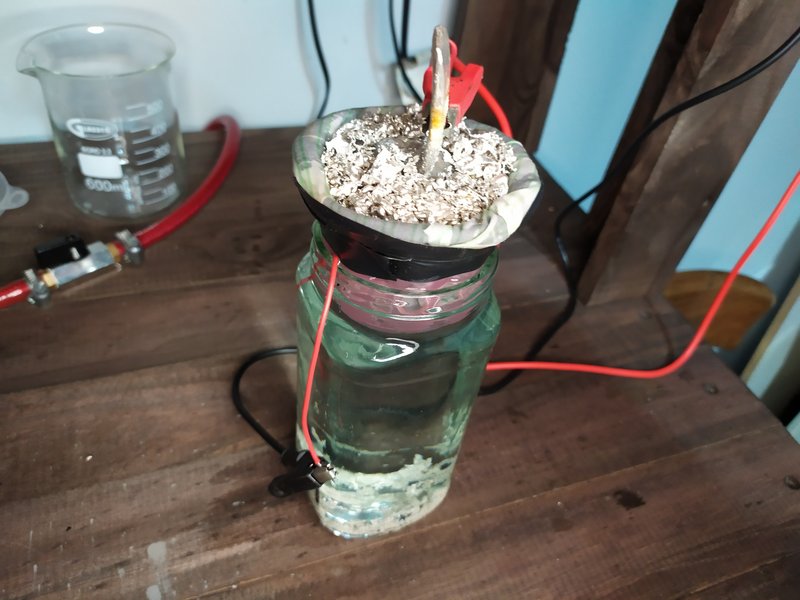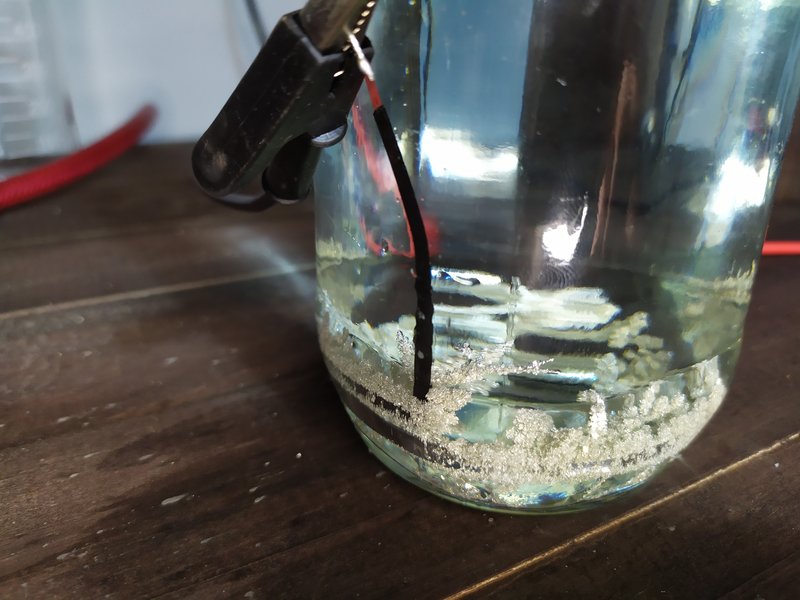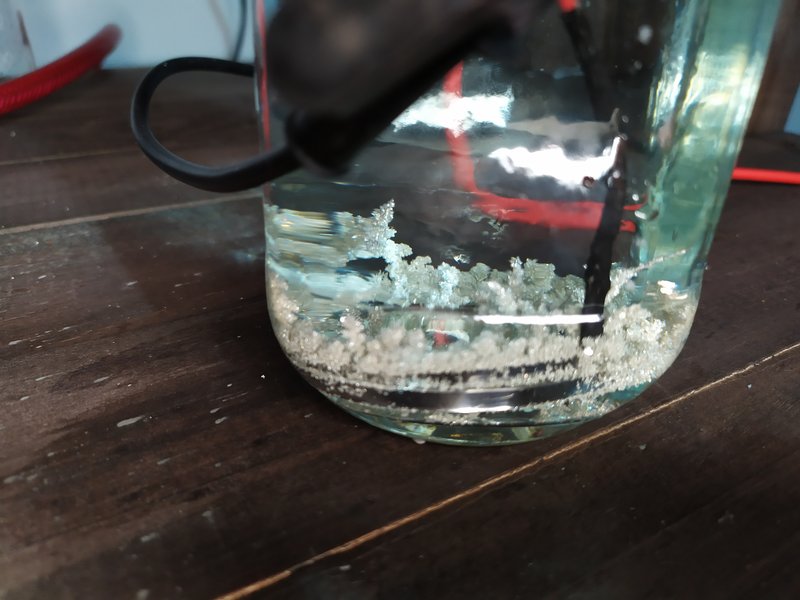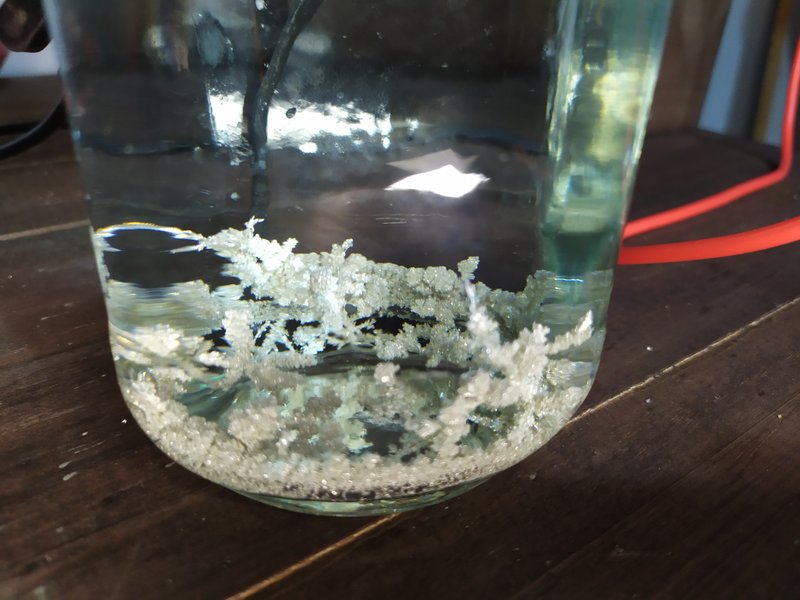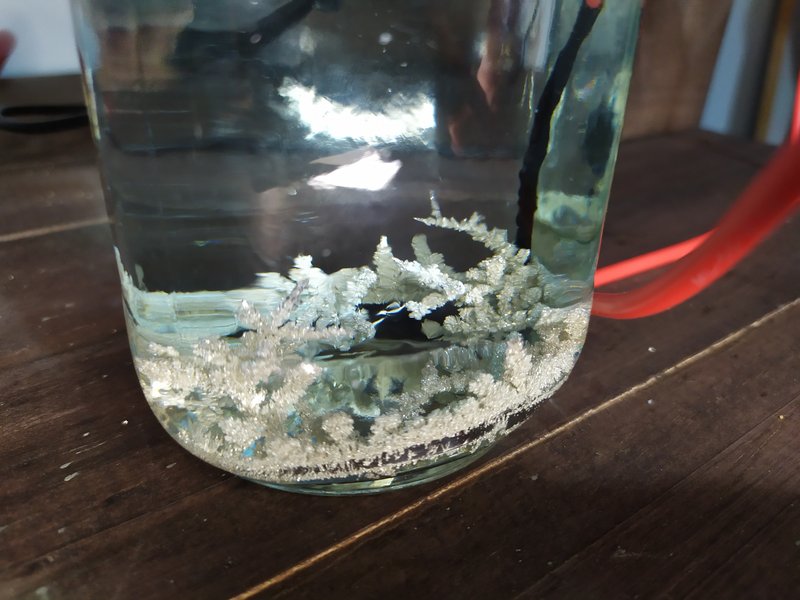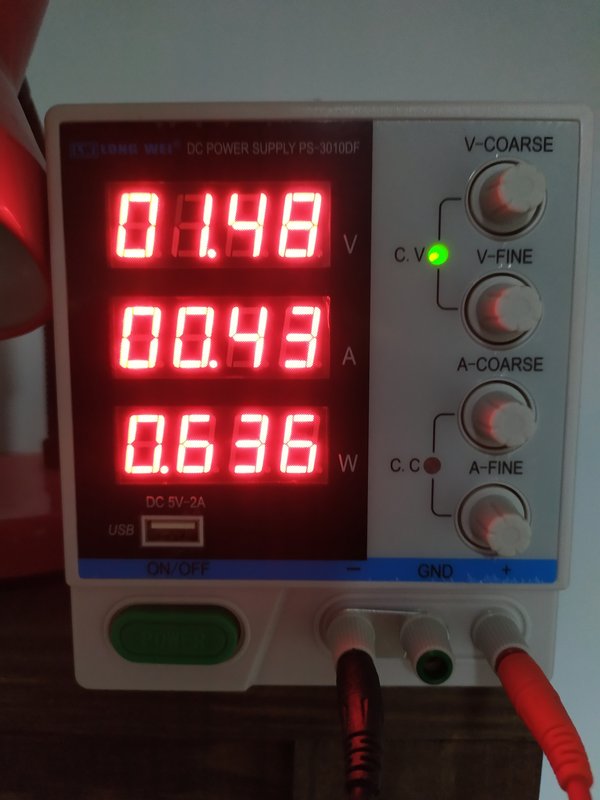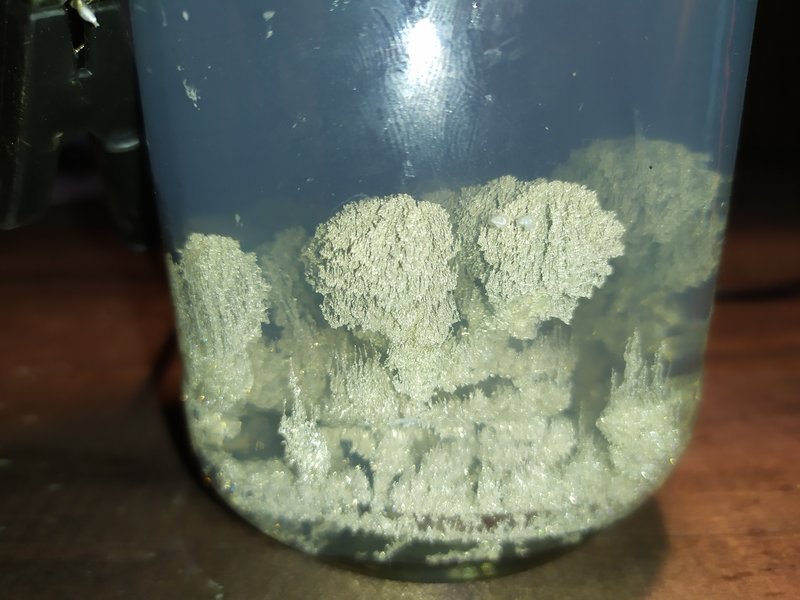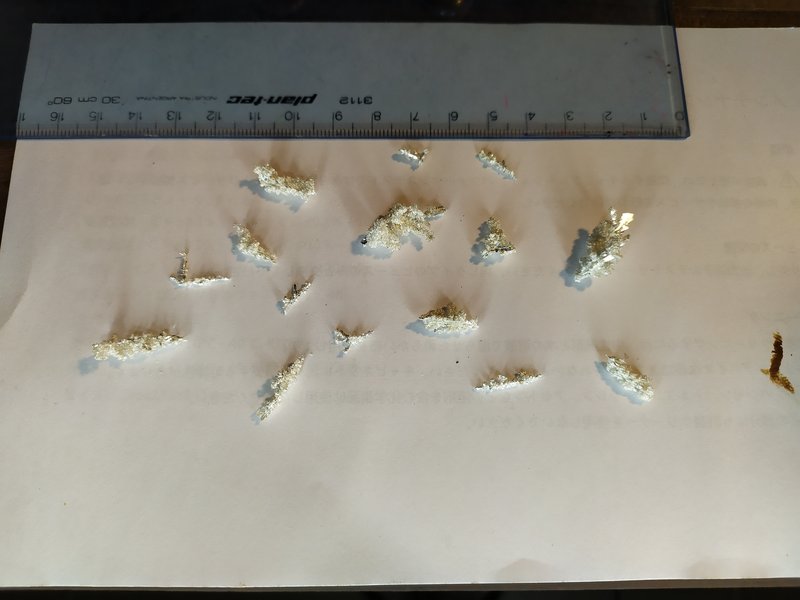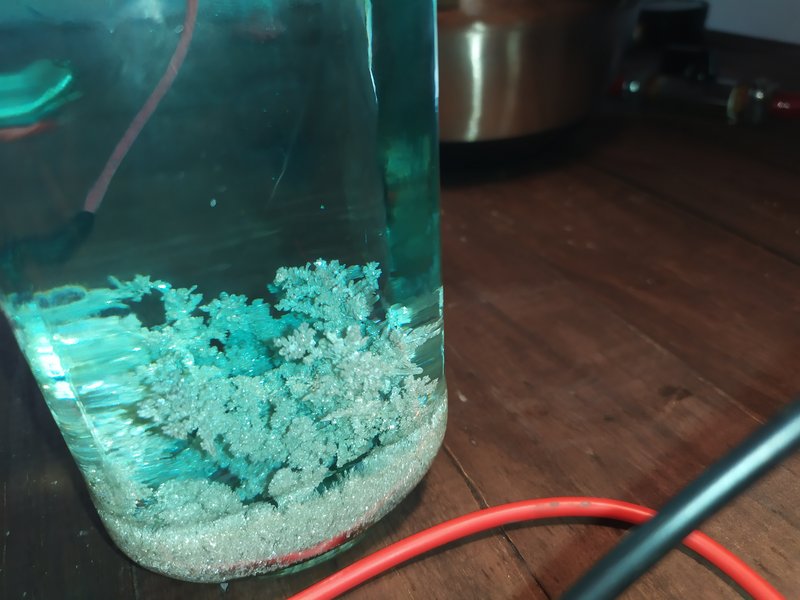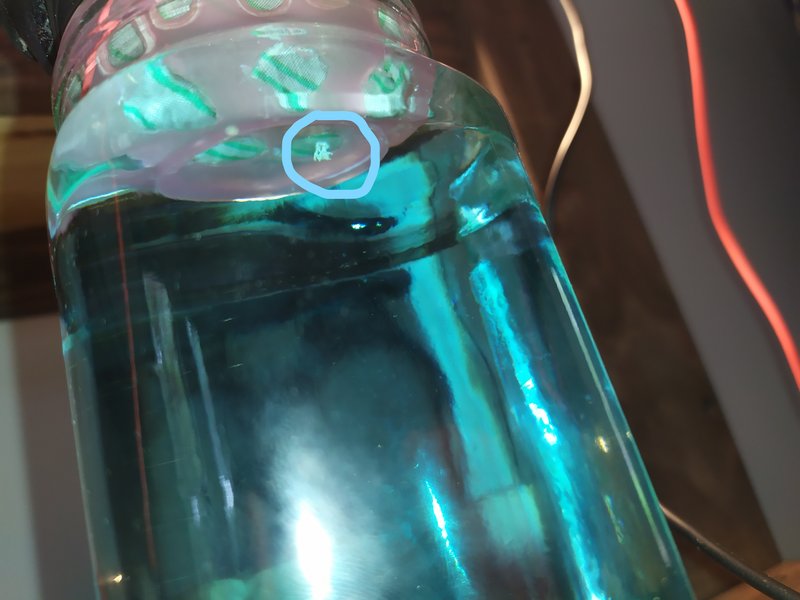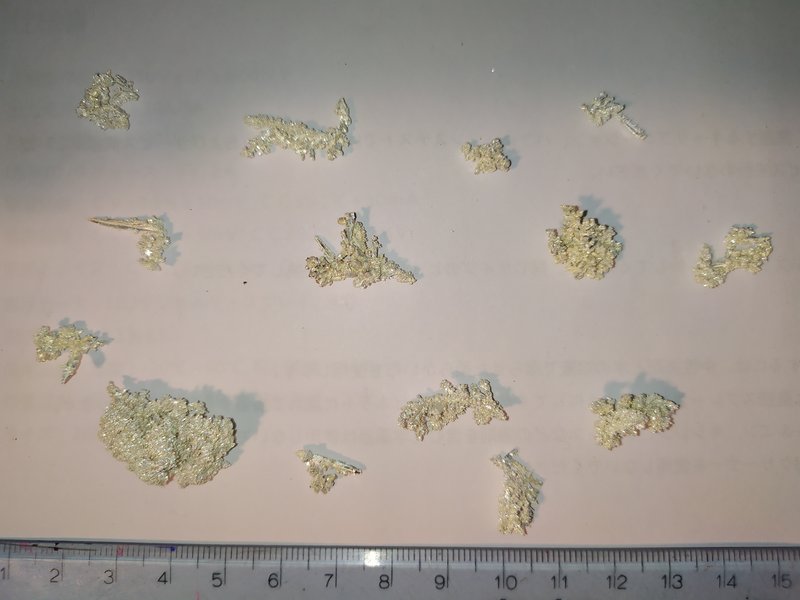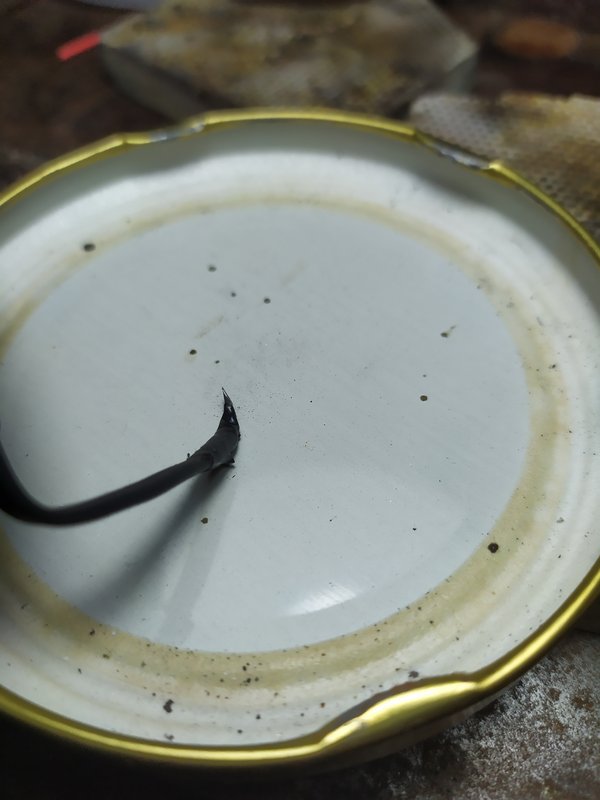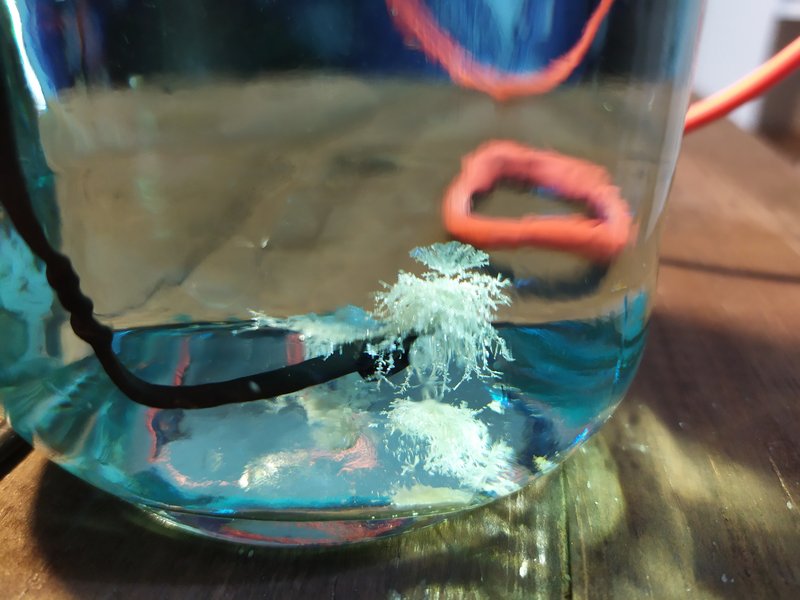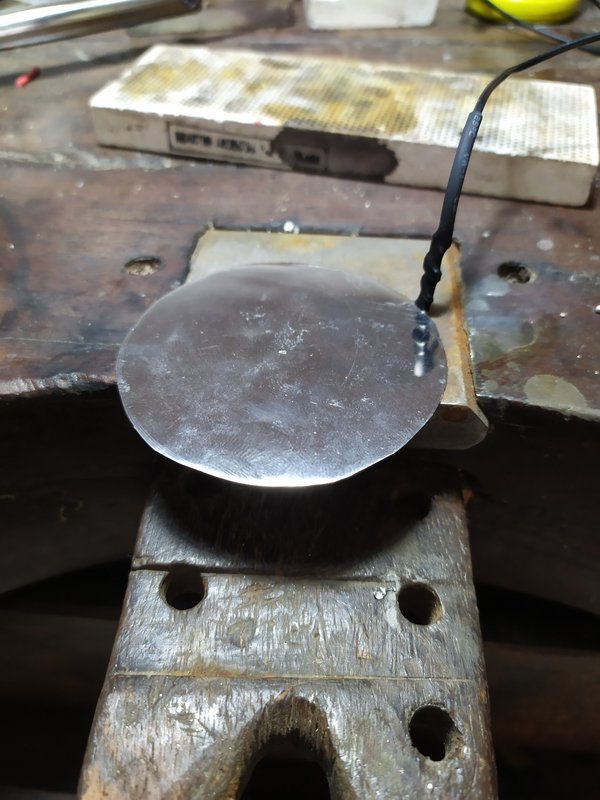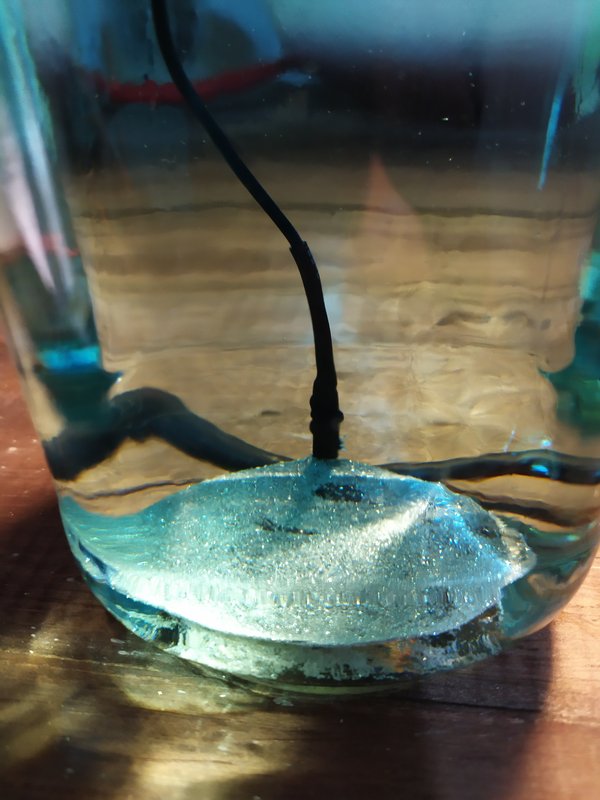Nachocucu
Member
Hello everyone, my name is Ignacio, from Argentina. This is my first post here in the forum, but I have been reding and learning from it since a wile now. I have heard of it from, of course, sreetips aka Kadriver.
For the last 6 month I been trying and learning to refine silver by electrochemistry. My goal of the last month is to achieve large crystals. The type you can see from kadriver’s videos or posts here.
But, having tried several different configurations, I can only achieve this coral like formations with little variations. So, I am posting my experience to ask for your help. Have read several related posts here, watched every kadriver’s video and read other materials to. I am literally lost, and I have no idea what else to try.
Regarding current and voltage:
I have tried first whit the suggested 3 to 3,5 volts and let the current to set freely. When I did this, current was around 5-6 amps. Thinking that the current was to high to develop large crystals, I set a car light bulb as resistance (with low and high filaments). Whit this I lowered the current to an average of 0,9 amps whit 3 to 3,5 volts, the results was a more separated slow growing crystals but whit the same formation. I tried whit even lower current, around 0,2 amps for 3 volts. I tried with really low voltage and current, starting with 0,2 volts! But the result is always similar. The only particular difference I could notice is that the lower the current, the easiest the crystals fell from the cathod bowl. Whit only a slight tap to it the crystals fell down.
This is my configuration:
- Cathod: 1,5 liters stainless steel bowl
- Anode/anode basket: plastic container whit several holes all around it. My silver shot is now pure crystals because I have run my entire silver through the cell several times trying to improve.
- Filter: 2 layers of a cotton cloth. Works fine (I THINK), current can flow, and slimes cannot pass through. Tried to get the recommended muslin cloth but the kind found here is to bad and the slimes get through it. Couldn’t find any dacron as Kadriver use, nor nothing similar to it
- Electrolyte: 150gr of silver crystals per liter. Used distilled water to make it, then vacum filtered. Have done it 3 times thinking this is where I have failed. In the photos I am posting, you can see how clear it is because the “n” times I processed the silver through the cell. Photos are after running the cell 24hs.
- DC Power Supply: 20 volts; 10 amps, whit the in-line “car bulb” resistance
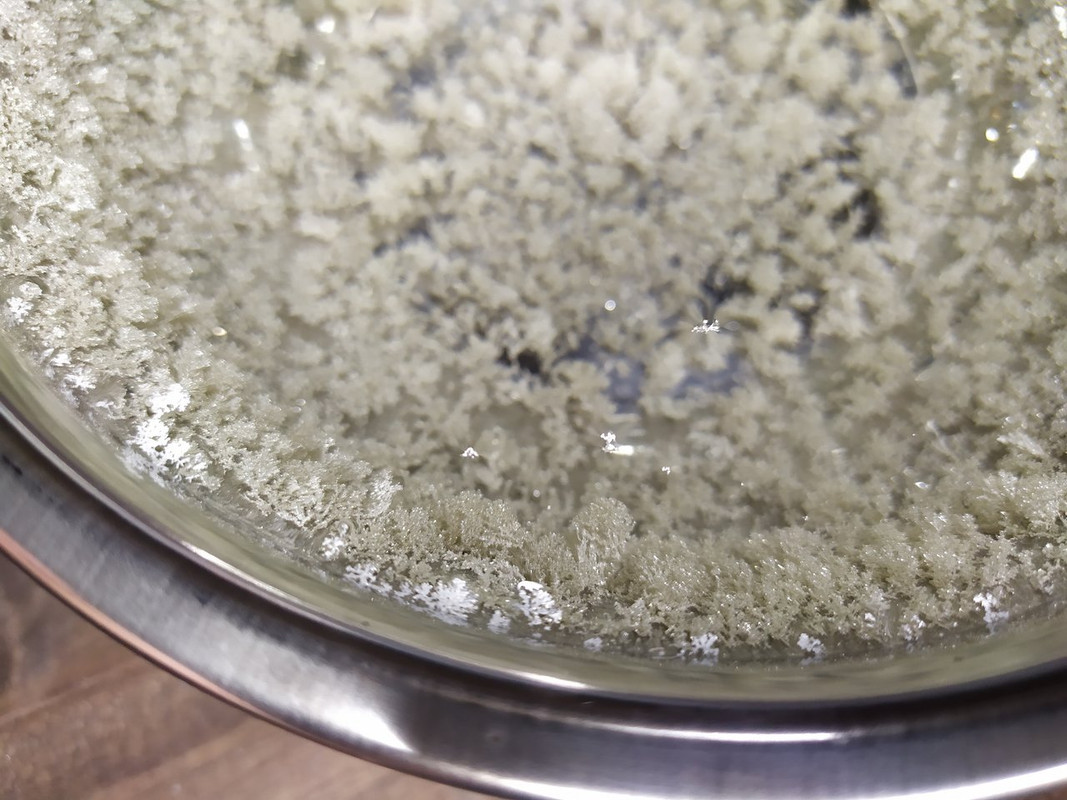
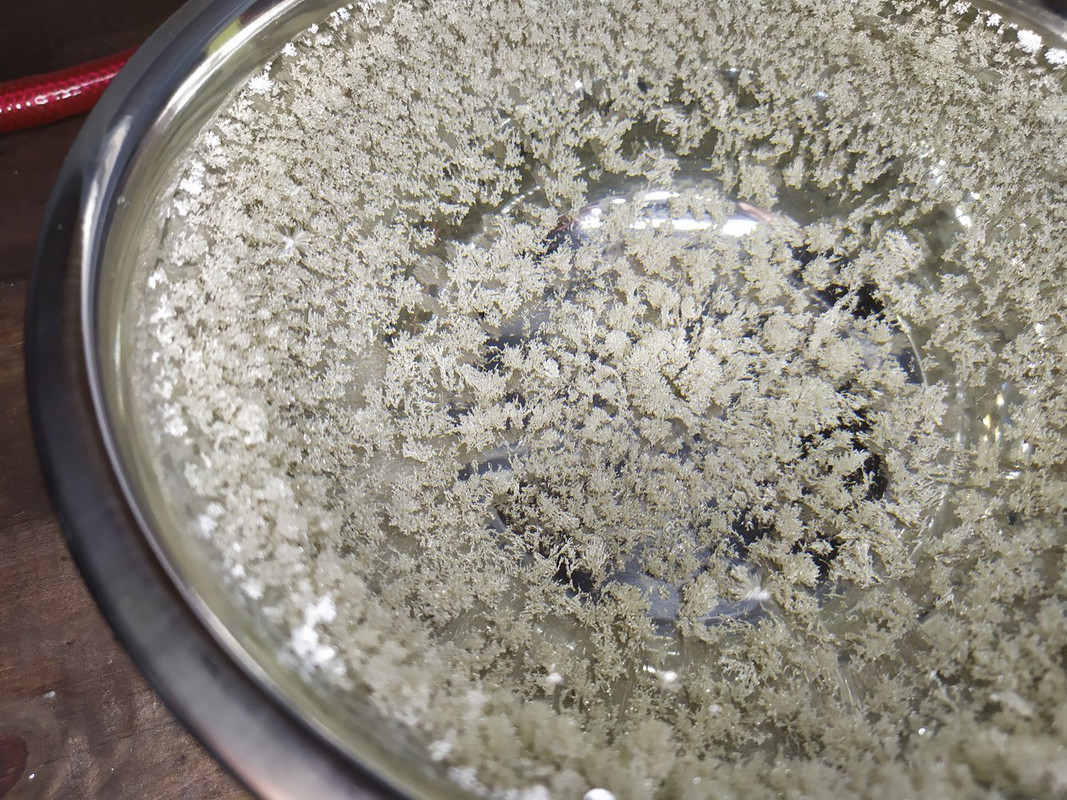
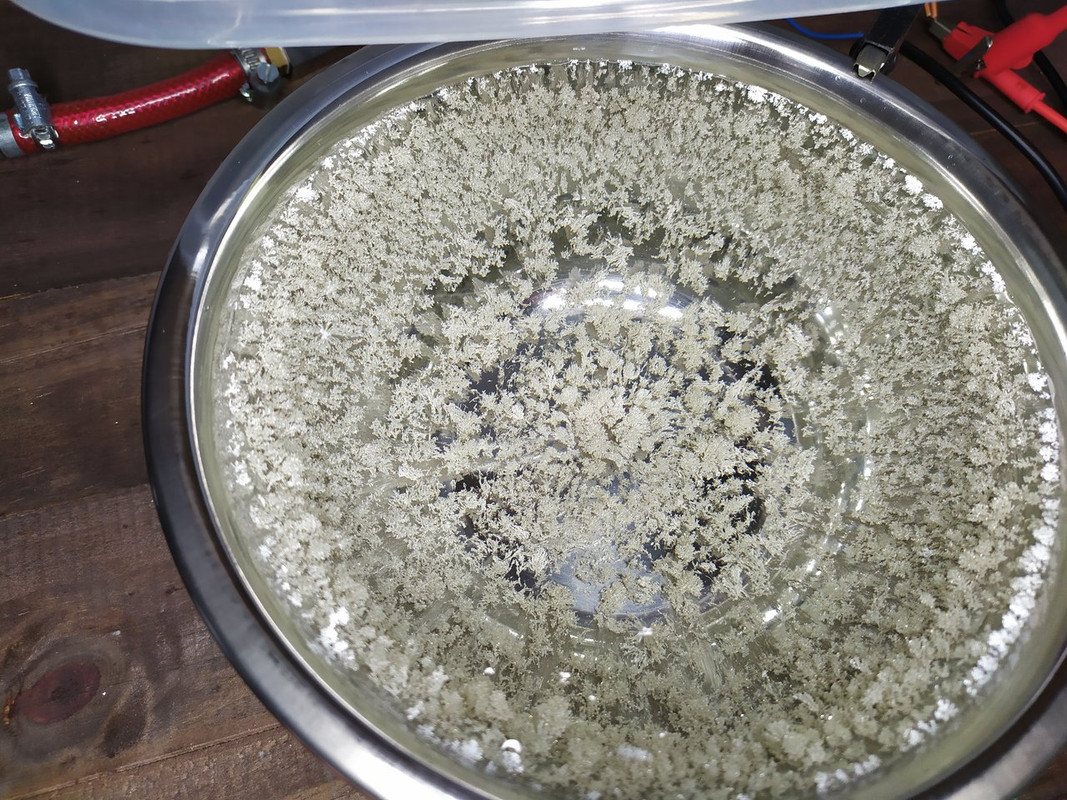
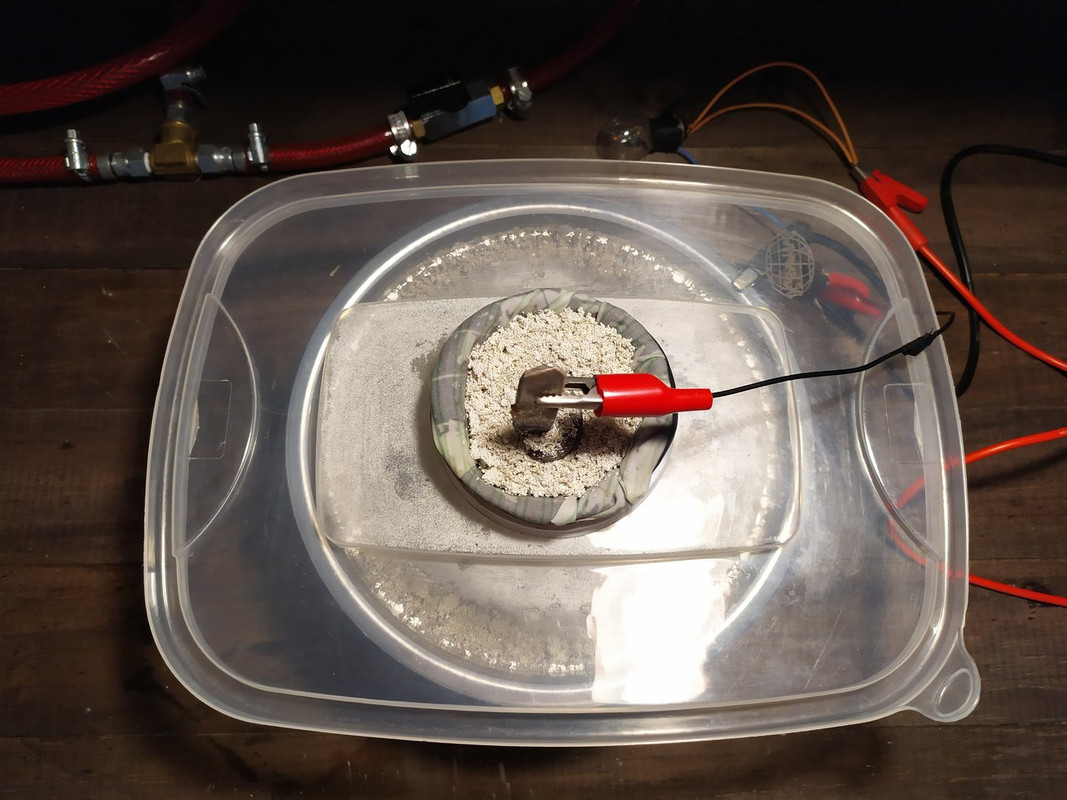
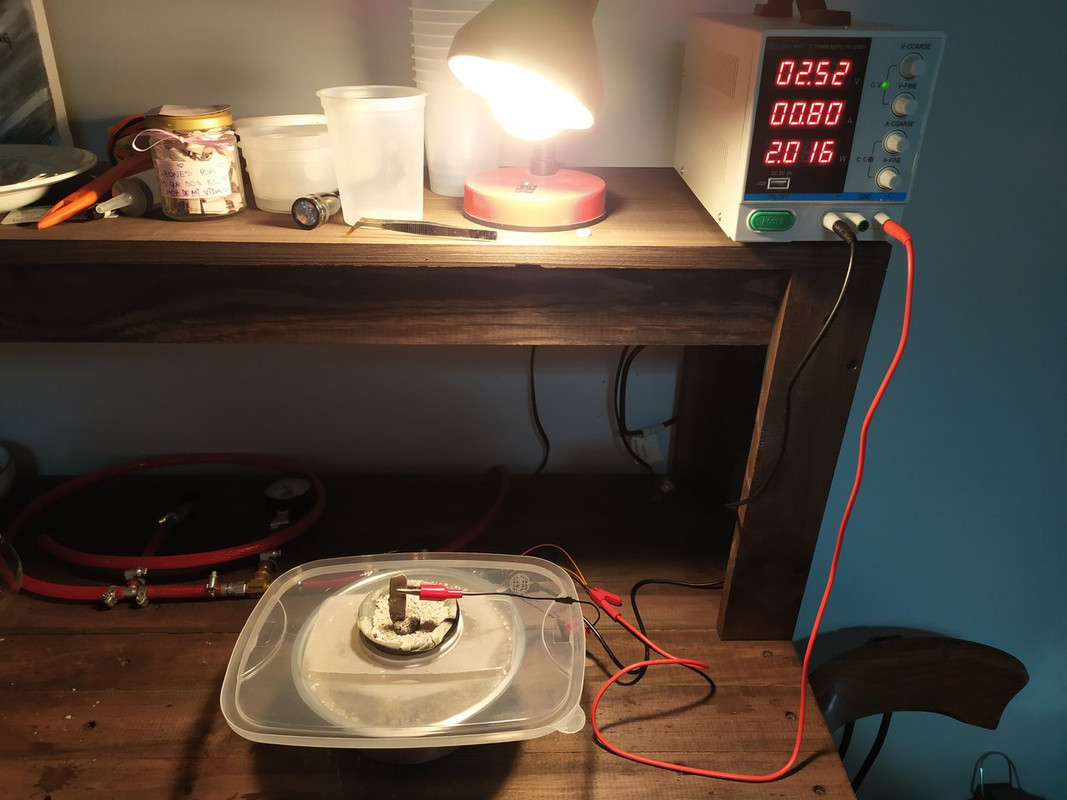
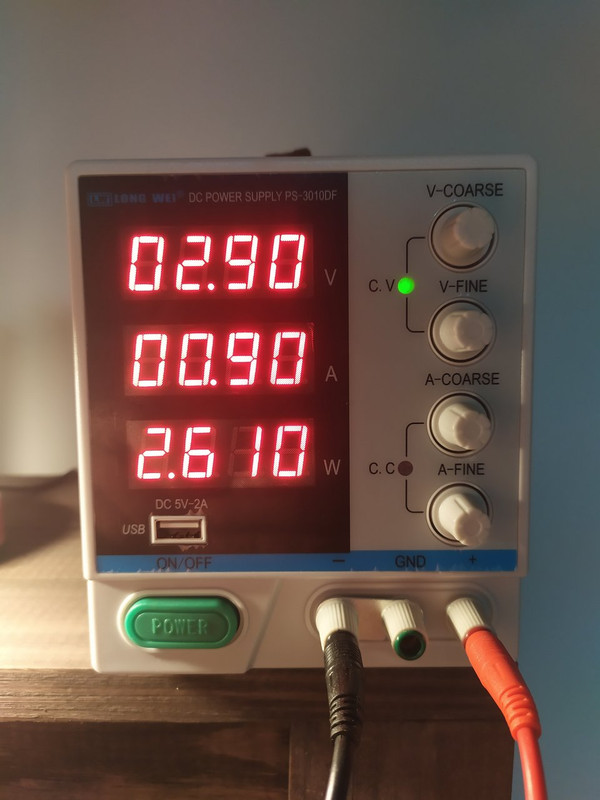
For the last 6 month I been trying and learning to refine silver by electrochemistry. My goal of the last month is to achieve large crystals. The type you can see from kadriver’s videos or posts here.
But, having tried several different configurations, I can only achieve this coral like formations with little variations. So, I am posting my experience to ask for your help. Have read several related posts here, watched every kadriver’s video and read other materials to. I am literally lost, and I have no idea what else to try.
Regarding current and voltage:
I have tried first whit the suggested 3 to 3,5 volts and let the current to set freely. When I did this, current was around 5-6 amps. Thinking that the current was to high to develop large crystals, I set a car light bulb as resistance (with low and high filaments). Whit this I lowered the current to an average of 0,9 amps whit 3 to 3,5 volts, the results was a more separated slow growing crystals but whit the same formation. I tried whit even lower current, around 0,2 amps for 3 volts. I tried with really low voltage and current, starting with 0,2 volts! But the result is always similar. The only particular difference I could notice is that the lower the current, the easiest the crystals fell from the cathod bowl. Whit only a slight tap to it the crystals fell down.
This is my configuration:
- Cathod: 1,5 liters stainless steel bowl
- Anode/anode basket: plastic container whit several holes all around it. My silver shot is now pure crystals because I have run my entire silver through the cell several times trying to improve.
- Filter: 2 layers of a cotton cloth. Works fine (I THINK), current can flow, and slimes cannot pass through. Tried to get the recommended muslin cloth but the kind found here is to bad and the slimes get through it. Couldn’t find any dacron as Kadriver use, nor nothing similar to it
- Electrolyte: 150gr of silver crystals per liter. Used distilled water to make it, then vacum filtered. Have done it 3 times thinking this is where I have failed. In the photos I am posting, you can see how clear it is because the “n” times I processed the silver through the cell. Photos are after running the cell 24hs.
- DC Power Supply: 20 volts; 10 amps, whit the in-line “car bulb” resistance











